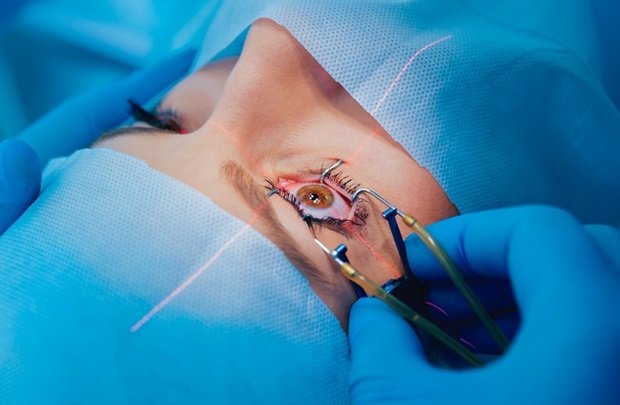Laser-Assisted In Situ Keratomileusis (LASIK) continues to be a popular vision correction procedure in 2025, offering many individuals freedom from glasses and contact lenses. However, with advancements in technology and evolving patient needs, it’s essential to understand the current landscape of LASIK, including its benefits, risks, costs, and available alternatives.
What Is LASIK Eye Surgery?
LASIK is a refractive surgery that reshapes the cornea to correct common vision problems such as nearsightedness (myopia), farsightedness (hyperopia), and astigmatism. The procedure involves creating a thin flap in the cornea, lifting it, and using an excimer laser to reshape the underlying corneal tissue. The flap is then repositioned, allowing for rapid healing without stitches.
Success Rates and Patient Satisfaction
LASIK boasts high success rates and patient satisfaction in 2025:
-
Over 99% of patients achieve 20/40 vision or better, sufficient for most daily activities without corrective lenses.
-
More than 90% attain 20/20 vision or better.
-
Patient satisfaction remains high, with a reported 96% satisfaction rate.
These statistics underscore LASIK’s effectiveness as a vision correction option.
Benefits of LASIK
Patients considering LASIK can expect several advantages:
-
Quick Procedure: The surgery typically takes about 10 minutes per eye.
-
Rapid Recovery: Most individuals notice improved vision within 24 hours.
-
Long-Term Results: LASIK provides lasting vision correction, though some may require reading glasses with age.
-
Minimal Discomfort: The procedure is generally painless, with mild discomfort during the healing process.
Risks and Potential Complications
While LASIK is safe for most, potential risks include:
-
Dry Eyes: A common side effect due to temporary nerve disruption in the cornea.
-
Visual Disturbances: Some may experience glare, halos, or starbursts, particularly at night.
-
Undercorrections or Overcorrections: In some cases, additional procedures may be necessary.
-
Flap Complications: Issues with the corneal flap can occur, though rare.
Serious complications are uncommon, but it’s crucial to discuss potential risks with a qualified ophthalmologist.
Recovery Timeline
Understanding the recovery process helps set realistic expectations:
-
First 24 Hours: Mild discomfort and blurry vision are common; vision typically improves rapidly.
-
1 Week: Most resume normal activities, avoiding strenuous tasks and eye strain.
-
1–3 Months: Vision continues to stabilize; follow-up visits ensure proper healing.
-
3–6 Months: Full recovery is achieved, with any residual side effects typically resolving.
Cost of LASIK in 2025
The cost of LASIK varies based on location, technology, and surgeon expertise:
-
Average Cost: Approximately $2,632 per eye in the U.S.
-
Price Range: Between $1,500 to $3,500 per eye, depending on various factors.
Many providers offer financing options, and some insurance plans may cover part of the cost.
Alternatives to LASIK
For those unsuitable for LASIK, alternative procedures include:
-
SMILE (Small Incision Lenticule Extraction): A minimally invasive option with a lower risk of dry eyes.
-
PRK (Photorefractive Keratectomy): Suitable for patients with thin corneas; involves surface ablation without a flap.
-
EVO ICL (Implantable Collamer Lens): An implantable lens that can be removed or replaced, ideal for high prescriptions.
-
RLE (Refractive Lens Exchange): Replaces the eye’s natural lens, beneficial for presbyopia or high hyperopia.
Consulting with an eye care professional can determine the most suitable option.
Conclusion
LASIK remains a highly effective and safe vision correction procedure in 2025, offering rapid recovery and high patient satisfaction. However, understanding the potential risks, costs, and alternatives is essential for making an informed decision. Consult with a qualified ophthalmologist to assess your suitability for LASIK or explore other vision correction options tailored to your needs.
